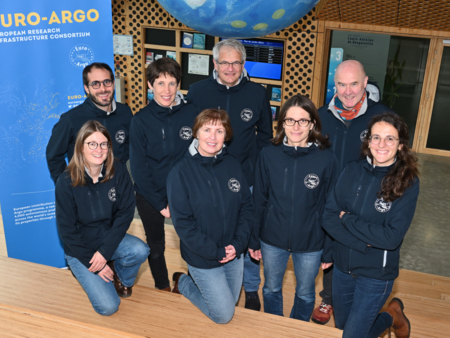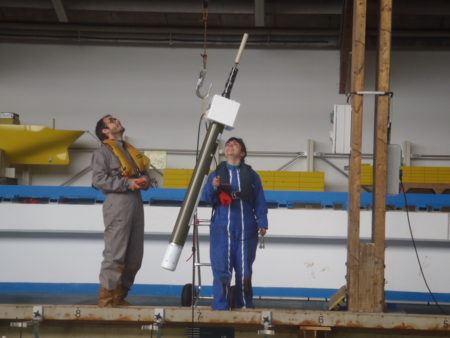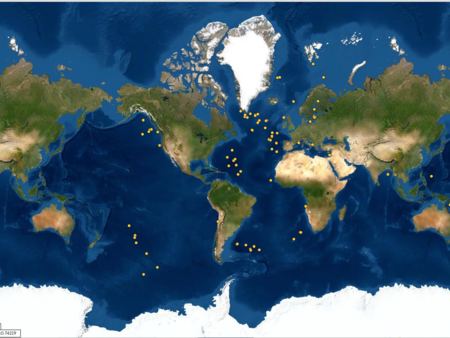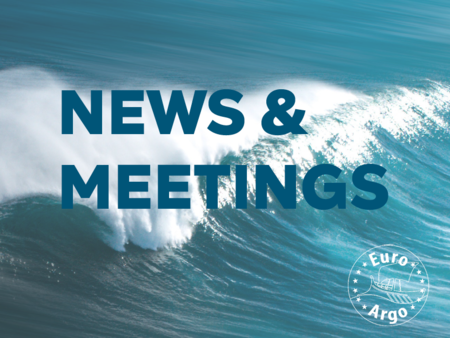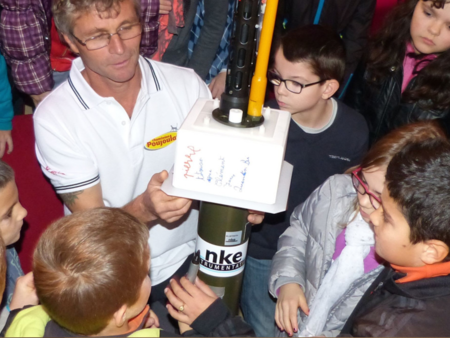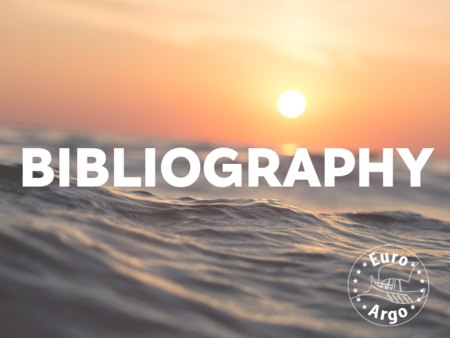Euro-Argo floats in the Arctic
Context
Collect observations in the Arctic Ocean is a major challenge in the strategy for the evolution of Argo in Europe. Recent changes of the Arctic Ocean ice cover and hydrography call for enhanced monitoring of ocean properties, both in terms of temporal and spatial resolution. However, utilisation of Argo floats in harsh Arctic conditions needs a considerably different approach than in oceans in general.
Some ice-tethered profilers (ITPs) make use of the multi-year sea ice cover to anchor a surface buoy on which an ocean profiler is attached (iAOOS, POPS projects, etc.)
In areas with less severe ice conditions, standard autonomous Argo floats could be deployed but they need technical modifications such as adapted ice-avoidance algorithms (ISA) or other ice detection capabilities. These floats are able to detect the presence of ice and not to surface during ice covered situations. They store the data into internal memory and send the gathered observations when they are able to surface again, in ice-free conditions. Underwater positioning remains a challenge although some methods have been tested or may be developed in the future.
Recent Argo Observations in the Arctic
In the last couple of years, about 15 Euro-Argo floats with ISA capabilities have been deployed close to the Fram Strait and the West Spitsbergen Current. Argo floats usually recirculate either to the Greenland Sea or moves to the Arctic Ocean. The following map illustrates the situation of the Argo network in the area in December 2018. Last position of floats is depicted with a green circle. The bathymetry and ice limit and concentration are presented in colour shade.
Trajectories and observation locations of 3 floats that have collected measurements north of 80°N in December 2018 are presented:
They are ARVOR floats and 2 are equipped with an ice-avoidance software. 2 floats were trapped under the ice (6902729 and 6903548) in mid-December 2018 and will transmit the data collected during winter during the next ice-free session.
These floats are among the northernmost deployments of autonomous Argo floats in the area, and the data among the northernmost of the few Argo observations collected north of the 80°N parallel in the region.
Expanding Argo float measurements into the Arctic profit from the work performed in the MOCCA project relative to the development of methods for ISA thresholds determination for hydrographic conditions in different areas of the Arctic. A poster was presented during the POLAR2018 conference in Davos in June 2018, in the session "Oberserving with autonomous vehicles in polar regions".
Future
Other Euro-Argo deployments of floats with ISA will take place in the Barents Sea, north of Svalbard and in the Greenland Sea. Main partners are Finland, France, Germany, Norway and Poland.
The new EU funded H2020 project called EA-RISE (Euro-Argo Research Infrastructure Sustainability and Enhancement) starting in 2019 will drive further up the extensions of Argo in high-latitude regions through dedicated activities on New technologies for under-ice measurements and Cooperation with high latitude countries.
Other projects where Euro-Argo is involved include INTAROS, which objective is to build an efficient integrated Arctic Observation System (iAOS) by extending, improving and unifying existing systems in the different regions of the Arctic, and Arctic ROOS, the Arctic Regional Ocean Observing System.

